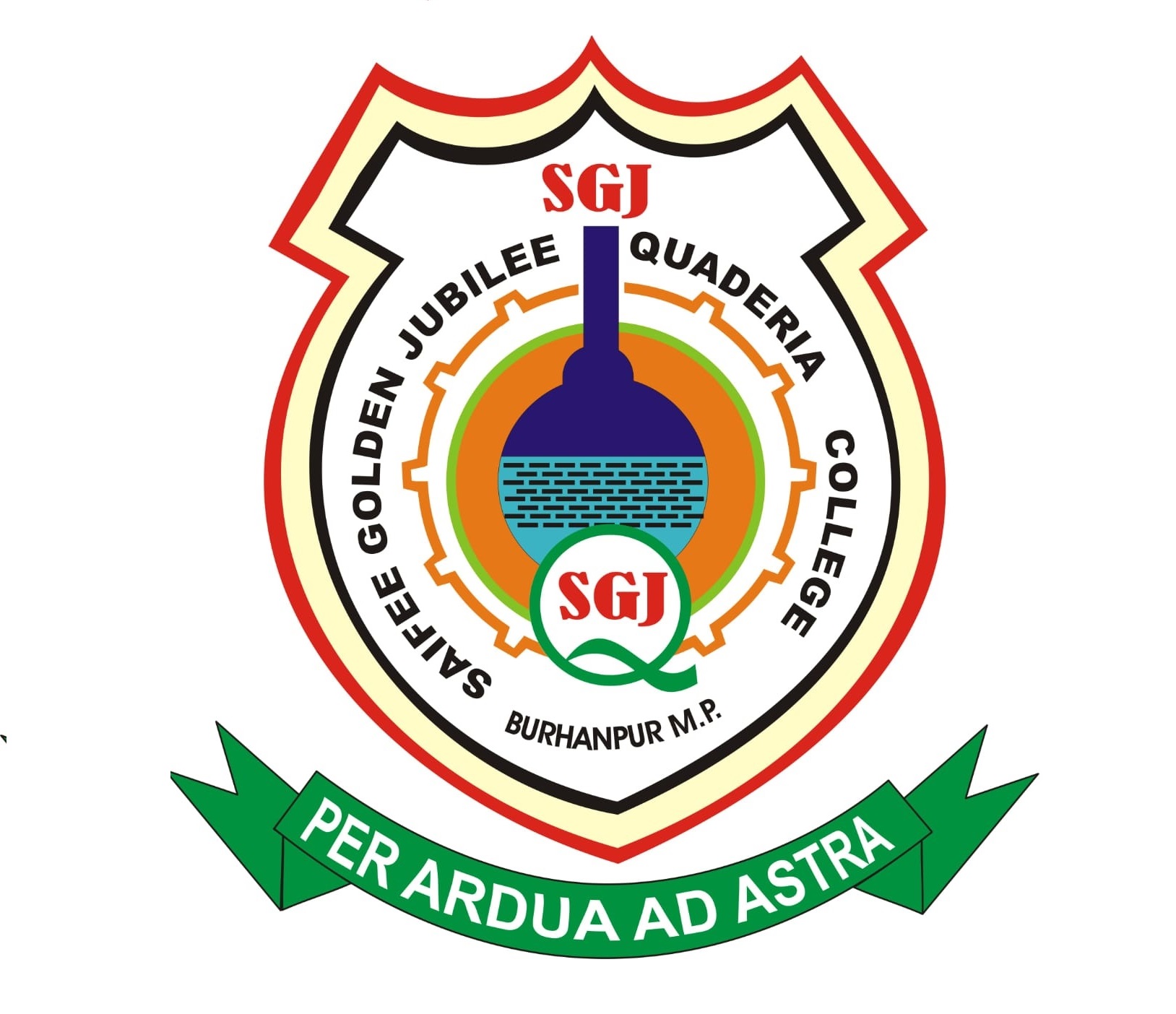| Module | Topics | No. of Hours |
| I | 1. Vermicomposting: Introduction and Scope. 2. Types of Earthworm and Classification Epigeic, Endogeic, Diageic. 3. Life history of Earthworms (Earthworm Species Eisenia foetida). |
8 |
| II | 1. Objectives of Vermicompost. 2. Vermicompost Production: Establishment of Vermicomposting and Vermiwash unit. 3. Different Methods of Vermicomposting: Small and large scale Bed method, Pit method. 4. Harvesting the Compost,Storing and packing of vermicompost. |
12 |
| III | 1. Precautions while Vermicomposting. 2. Physico-chemical analysis of vermicompost. 3. Physical Parameters of vermicompost. 4. Nutrient content of vermicompost and their role in agriculture. 5. Benefits of vermicompost, Pests and diseases of Earthworms. |
10 |
| Practical | ||
| I | 1.Scientific classification of Earthworm. 2.Study of external morphology of Earhworm- Eisenia foetida, Lumbricus terrestris, Perionyx excavatus, Lampito mauritii & Lumbricus rubellus. 3.Study of habit and habitat of Earhworm- Eisenia foetida. 4.Study of Digestive system of earthworm. 5.Study of Reproduction of earthworm. |
15 |
| II | 1.Establishment of vermicomposting unit Pit method. 2.Establishment of vermicomposting unit Bed method. 3.Establishment of vermiwash unit. 4. Vermicompost production, harvesting and packaging. 5. Study of cocoon and vermicast. 6. Study of Pests and diseases of Earthworms. |
15 |
| Project/ Field trip: Relevant field/ Industry Visit. |
Notice

Vermicomposting
E
N
Q
U
I
R
Y